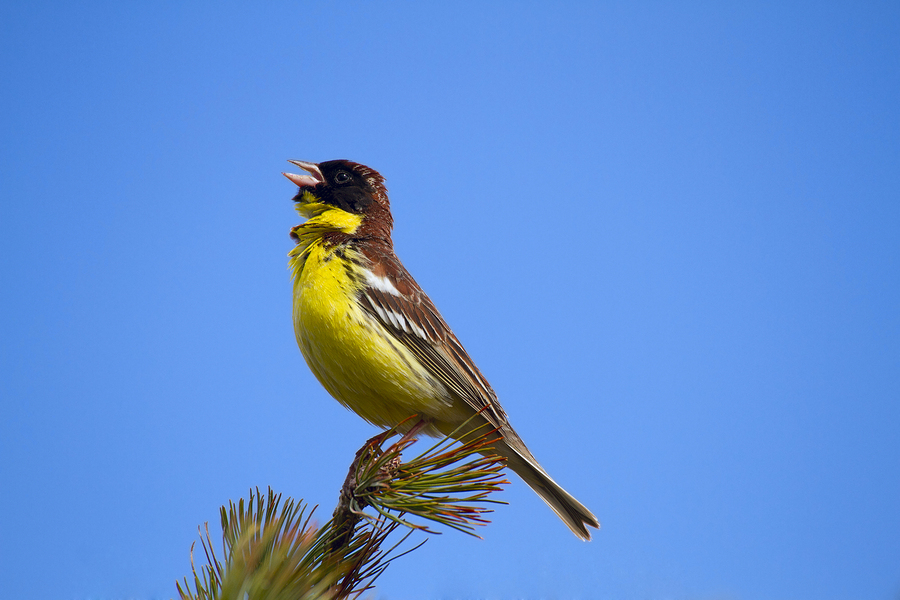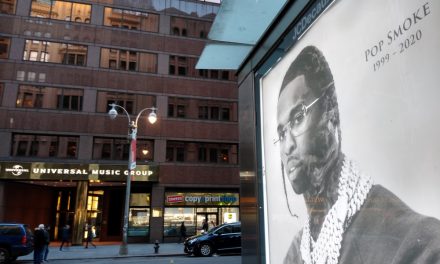According to population data collected over five-years “one in eight bird species is threatened with global extinction, and once widespread creatures such as the puffin, snowy owl, and turtle dove are plummeting towards oblivion.”1
We currently find ourselves in a “biodiversity crisis” because of the expansion and intensification of agriculture; 74% of 1,469 globally threatened birds are affected primarily by farming, then logging (the Trillion Trees project hopes to protect and restore one trillion trees by 2050), invasive species (39%), hunting and trapping (35%), climate change (33%) and residential and commercial development (28%). In the Mediterranean region alone, it’s estimated that due to traditional hunting (not what we do in the U.S.) 12 to 38 million birds are taken or illegally killed, every year.
RELATED STORY:
And numbers that high leave a lasting effect.
Tris Allinson, senior global science officer for BirdLife International who produced the report said,
“Each time we undertake this assessment we see slightly more species at risk of extinction – the situation is deteriorating and the trends are intensifying. The species at risk of extinction were once on mountaintops or remote islands, such as the pink pigeon in Mauritius. Now we’re seeing once widespread and familiar species – European turtle doves, Atlantic puffins and kittiwakes – under threat of global extinction.”2
According to the report, at least 40% of bird species worldwide are in decline:3
- overfishing is affecting seabird species as well, in particular, the Atlantic puffin and black-legged kittiwake, both now considered “vulnerable” on the International Union of Conservation of Nature (IUCN) Red List of imperiled species.
- the yellow-breasted bunting was once one of the most widespread birds across Europe and Asia but its population has declined by 90% since 1980 and its range has contracted by 5,000km. Although officially banned, large-scale hunting of this Chinese delicacy continues with the birds caught while roosting communally in reedbeds.
- the decline of the snowy owl is linked to climate change, with snowmelt in the Arctic affecting the availability of prey.
- the European turtle dove’s rapid disappearance has been caused by both hunting and habitat loss through modern farming.
- neonicotinoids (implicated in the decline of flying insects -a key bird food source) have been found to be directly detrimental to some bird species, like the migrating white-crowned sparrows who, when exposed to neonicotinoids, lost a quarter of their body mass and fat stores (the neurotoxin also impaired the birds’ migratory orientation).
But there is good news, too. Without targeted conservation work, the 25 bird species that would have gone extinct this century are now being removed from the “critically endangered” list.
Tris Allinson said,
“We could easily feed the world’s population and leave room for birds and other wildlife if we were more sensible and reduced our food waste and pesticide use and put the right crops in the right areas. They are big challenges but there are successful systems that marry wildlife conservation and productive landscapes for people.”
We couldn’t agree more.












